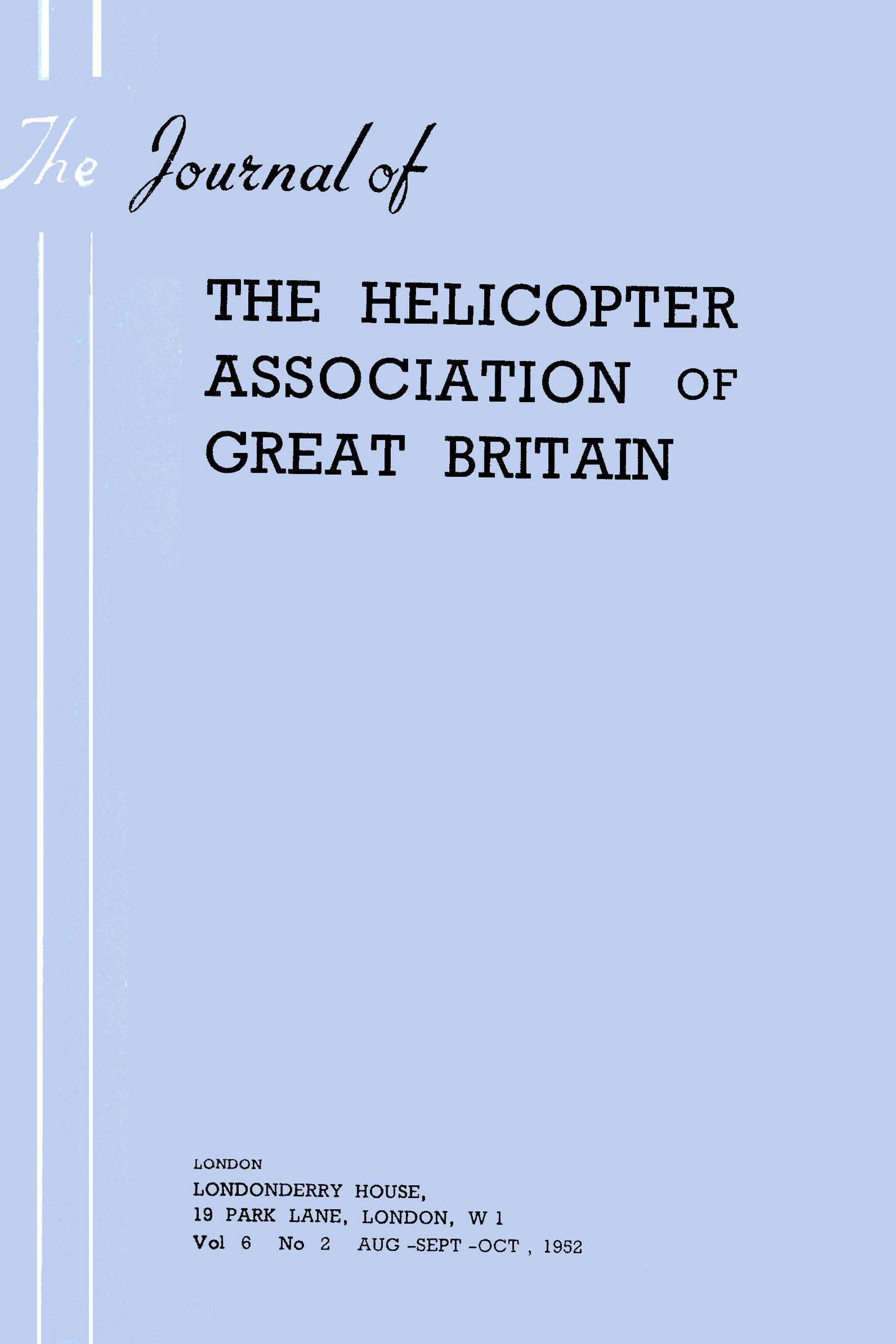Article contents
Powered Lift Systems
Published online by Cambridge University Press: 26 October 2023
Extract
The CHAIRMAN, in opening the meeting, said that Mr Zimmerman, a member of the scientific staff of the National Advisory Committee for Aeronautics, at Langley Field, Virginia, had long been concerned with the development of S T O L aircraft, having originated and developed the Chance-Vought circular-wing project during the war at Stratford, Connecticut In the rotary wing field, he was perhaps best known as the originator of the Flying Platform, having designed and built at Nicholls, Connecticut, shortly after the war, his so-called “Aerial Motor-cycle,” which had two side-by-side lifting propellers of disc loading about 20, interconnected by a tiny platform which he strapped to his feet like skis By 1947, he was able to demonstrate to his satisfaction that this device required no controls other than a throttle for the two engines, and that he could hover safely by applying the same reactions to his feet as he used for balancing himself when standing on the ground
- Type
- Research Article
- Information
- The Journal of the Helicopter Association of Great Britain , Volume 12 , Issue 4 , August 1958 , pp. 141 - 159
- Copyright
- Copyright © Royal Aeronautical Society 1958
References
- 3
- Cited by




